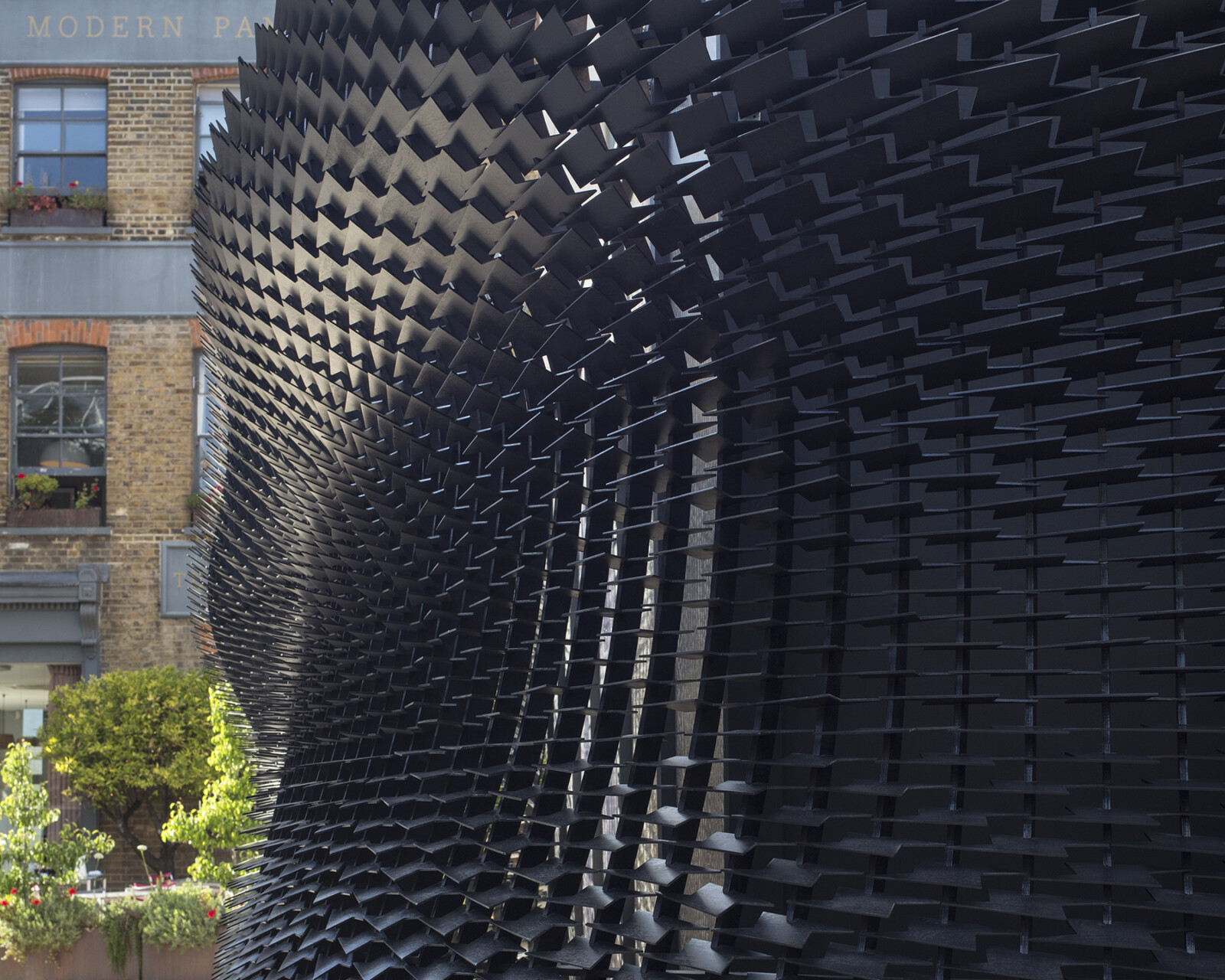FRACTALS
21-08-2024FRACTALS
Fractals are geometric patterns characterized by self-similarity, repeating structures at varying scales and so create shapes of rich visual complexity (Mandelbrot, 1982). These patterns are prevalent in natural formations such as coastlines, clouds, and foliage (Mandelbrot, 1983). The intersection of biophilia and fractal patterns manifests in the human response to natural scenes rich in fractal geometry. Studies have shown that exposure to nature scenes with fractal-like structures elicits greater positive affect and attention restoration compared to scenes lacking such patterns (Berman et al., 2008). The perceptual fluency of fractals, characterized by ease of processing, may contribute to their aesthetic appeal and stress-reducing effects (Hagerhall et al., 2004). Neuroscientific investigations have revealed that exposure to fractal patterns activates brain regions associated with pleasure and visual processing (Vessel et al., 2012)
Research suggests that exposure to fractal patterns can evoke aesthetic preferences and positive emotional responses in humans (Taylor et al., 1998). The human visual system appears to be finely tuned to detect and appreciate fractal geometry in the environment (Spehar et al., 2003). Whether natural or created, the perceptual experience of human-made environments can be impacted with inclusion of these natural patterns, fractals represent a profound ingredient of the visual experiences of Millers work.
Several authors have speculated about the potential sensory and emotional benefits of naturalistic patterns in architecture, like curvilinear form and fractal scaling (Joye, 2007, 2016; Salingaros, 2007, 2015; Alexander, 2002). Some research suggests that installations of fractal patterns have the opportunity to decrease eyestrain, headache rates, and stress (O’Hare and Hibbard, 2011; Penacchio and Wilkins, 2015; Le et al., 2017) in a large percentage of viewers (Bies et al., 2016; Street et al., 2016; Pyankova et al., 2019) while potentially increasing the aesthetic experience of the space. These positive impacts of viewing fractals can be considered within the context of biophilia (Wilson, 1984) which recognizes the inherent need of humans to connect to nature.
At GM studio fractal patterns can be produced and installed to maximise aesthetic experiences of different spaces depending on the context and setting. The collaboration of design, maths, materiality the hand-made and technology creates ‘fractal composites’ whereby individual objects merge to form an overall 3-dimentional pattern. Inspiration is taken from nature and natural fractal patterns sought from leaves, fish scales and water. There is great versatility in each fractal pattern design and application to accommodate changing spaces and context requirements. The self-similarity inherent in fractal patterns facilitates scalability, which enables GMS designs to adapt seamlessly to different sizes and resolutions.
